How Technology Affects Our Understanding of History
Technology has undeniably transformed the way we perceive and comprehend history. With each innovation, our understanding of the past deepens, offering new perspectives and insights that were previously inaccessible. From digital archives to virtual reality, big data analytics to social media platforms, the impact of technology on historical research and interpretation is profound and multifaceted.
Digital archives play a pivotal role in democratizing access to historical resources. By digitizing primary sources and making them available online, these archives enable researchers, students, and the general public to explore and engage with historical materials from anywhere in the world. This accessibility not only broadens the audience for historical knowledge but also fosters new research opportunities and collaborations.
Virtual reality technology has revolutionized historical education by immersing learners in recreated historical environments. By enabling users to experience the sights and sounds of the past, virtual reality bridges the gap between modern audiences and historical events, fostering a deeper connection and understanding of history. It transforms passive learning into an interactive and engaging journey through time.
Big data analytics have brought about a paradigm shift in historical analysis by processing vast amounts of information to uncover patterns, trends, and insights that were previously hidden. By harnessing the power of data, historians can now draw connections and make discoveries at a scale never before possible, revolutionizing our understanding of the past.
Social media platforms have become influential in shaping historical narratives, presenting both opportunities and challenges. While social media allows for the rapid dissemination of historical information and the democratization of storytelling, it also raises concerns about misinformation, digital preservation, and the authenticity of historical content. Navigating this digital landscape requires a critical eye and a discerning approach to historical sources.
Augmented reality enhances the experience of historical tourism by overlaying digital information onto physical locations, creating interactive and immersive tours for visitors. By blending the real world with digital content, augmented reality brings history to life, offering a dynamic and engaging way to explore historical sites and artifacts.
3D printing technology has revolutionized the replication of historical artifacts, allowing museums and researchers to study and display rare objects with precision and authenticity. By creating detailed replicas of historical items, 3D printing preserves the originals while making them more accessible for study and exhibition, enriching our understanding of the past.
Machine learning algorithms are increasingly being employed in historical interpretation, assisting historians in analyzing texts, images, and data to extract insights and generate new perspectives. By automating tedious tasks and uncovering hidden connections, machine learning enhances historical research and offers fresh interpretations of historical events and phenomena.
Blockchain technology holds promise in verifying the authenticity and provenance of historical documents and artifacts, ensuring trust and transparency in the historical record. By creating secure and tamper-proof records of historical information, blockchain technology safeguards the integrity of historical data, providing a reliable foundation for future research and scholarship.
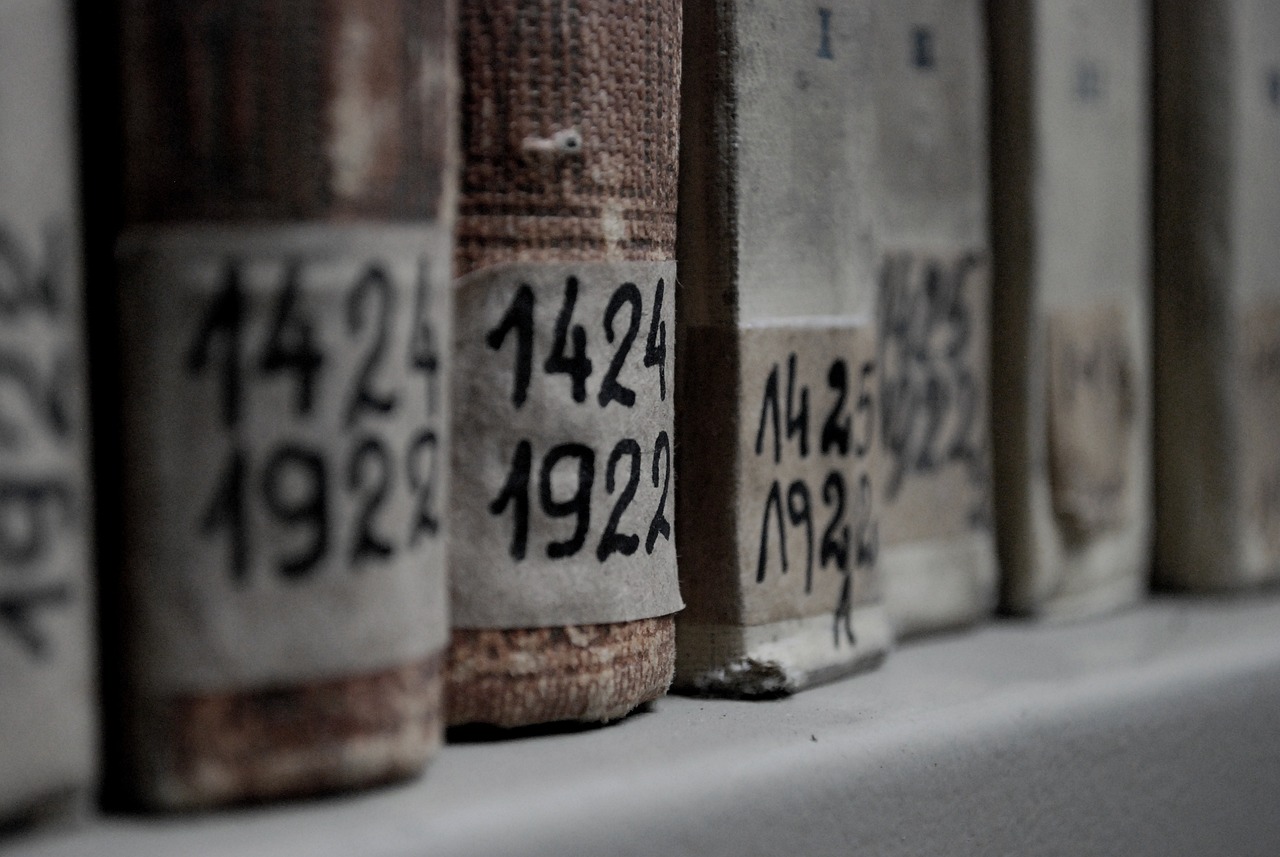
Digital Archives and Access
Digital archives have revolutionized the way we access and interact with historical information. These online repositories store a vast array of primary sources, documents, photographs, and recordings, making them easily accessible to researchers, students, and the general public. Through digital archives, individuals can explore historical materials from the comfort of their homes, breaking down traditional barriers to access and opening up a treasure trove of knowledge.
One of the key advantages of digital archives is their ability to democratize historical resources. By digitizing and archiving historical materials, institutions and organizations can reach a global audience, allowing people from different parts of the world to engage with primary sources that were previously out of reach. This democratization of access not only broadens the scope of historical research but also fosters collaboration and the exchange of ideas among scholars and enthusiasts.
Moreover, digital archives facilitate new research opportunities by providing powerful search functionalities and tools for data analysis. Researchers can efficiently sift through vast collections of documents, conduct keyword searches, and cross-reference information to uncover hidden connections and insights. This accessibility and searchability of digital archives streamline the research process, enabling scholars to delve deeper into historical topics and discover new perspectives.
Additionally, digital archives play a crucial role in preserving fragile historical materials. By digitizing and archiving delicate documents, photographs, and artifacts, institutions can safeguard these valuable resources from physical deterioration and loss. Through digital preservation techniques, historical materials can be stored securely for future generations, ensuring their longevity and accessibility for years to come.

Virtual Reality in Historical Education
Virtual reality technology has revolutionized the field of historical education by offering immersive experiences that transport learners back in time. By utilizing VR headsets, students can explore ancient civilizations, witness pivotal moments in history, and interact with historical figures in a way that traditional textbooks cannot replicate. This interactive approach enhances engagement and retention, allowing individuals to gain a profound understanding of past events by experiencing them firsthand.
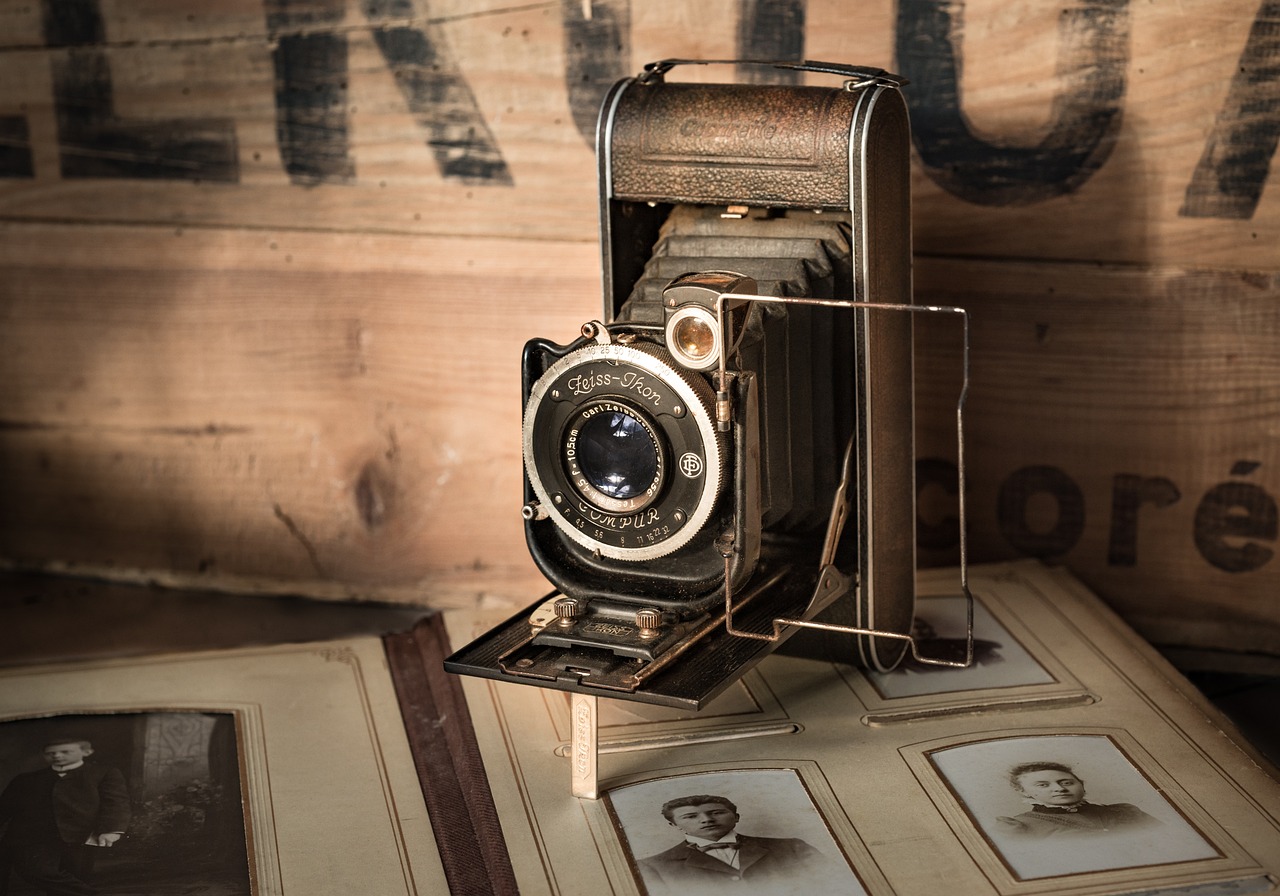
Big Data and Historical Analysis
Big data has emerged as a powerful tool in transforming the landscape of historical analysis. By harnessing the capabilities of advanced analytics, historians can now delve into vast repositories of information to uncover hidden patterns, connections, and insights that were previously inaccessible. This influx of data allows for a more nuanced understanding of historical events, societal trends, and cultural shifts, providing a more comprehensive view of the past.
Through the utilization of big data, historians can now process and analyze massive datasets with unprecedented speed and efficiency. This enables them to identify correlations, anomalies, and trends that may have gone unnoticed with traditional research methods. By leveraging computational power and sophisticated algorithms, researchers can extract valuable information from diverse sources, ranging from digitized archives to social media data, enriching the historical narrative with new perspectives and interpretations.
Furthermore, big data analytics facilitate interdisciplinary collaborations, allowing historians to work alongside data scientists, statisticians, and computer engineers to explore historical phenomena from multiple angles. This cross-pollination of expertise fosters innovation and creativity in historical research, leading to groundbreaking discoveries and novel insights that challenge conventional wisdom and reshape our understanding of the past.

Social Media and Historical Narratives
Social media has significantly impacted the way historical narratives are shaped and shared in the digital age. Platforms like Facebook, Twitter, and Instagram have become powerful tools for disseminating historical information to a global audience. However, along with the benefits of instant communication and widespread reach, social media also presents challenges in preserving the accuracy and authenticity of historical content.
One of the key issues with social media's influence on historical narratives is the spread of misinformation. False or misleading information can quickly go viral, leading to the distortion of historical facts and events. It becomes crucial for users to critically evaluate the sources and validity of historical content shared on social media platforms to ensure the accuracy of the information being consumed.
Moreover, the digital nature of social media raises concerns about the long-term preservation of historical content. Unlike traditional archives or libraries, digital information is vulnerable to deletion, alteration, or loss due to technological changes or platform policies. This poses a challenge in maintaining a reliable historical record for future generations.
On the positive side, social media has democratized historical storytelling by allowing individuals and communities to share their own narratives and perspectives. People can engage in discussions, debates, and collaborations on historical topics, fostering a more inclusive and diverse representation of the past.
Overall, social media's impact on historical narratives is a double-edged sword, offering both opportunities and challenges in how we understand, interpret, and communicate history in the digital era.
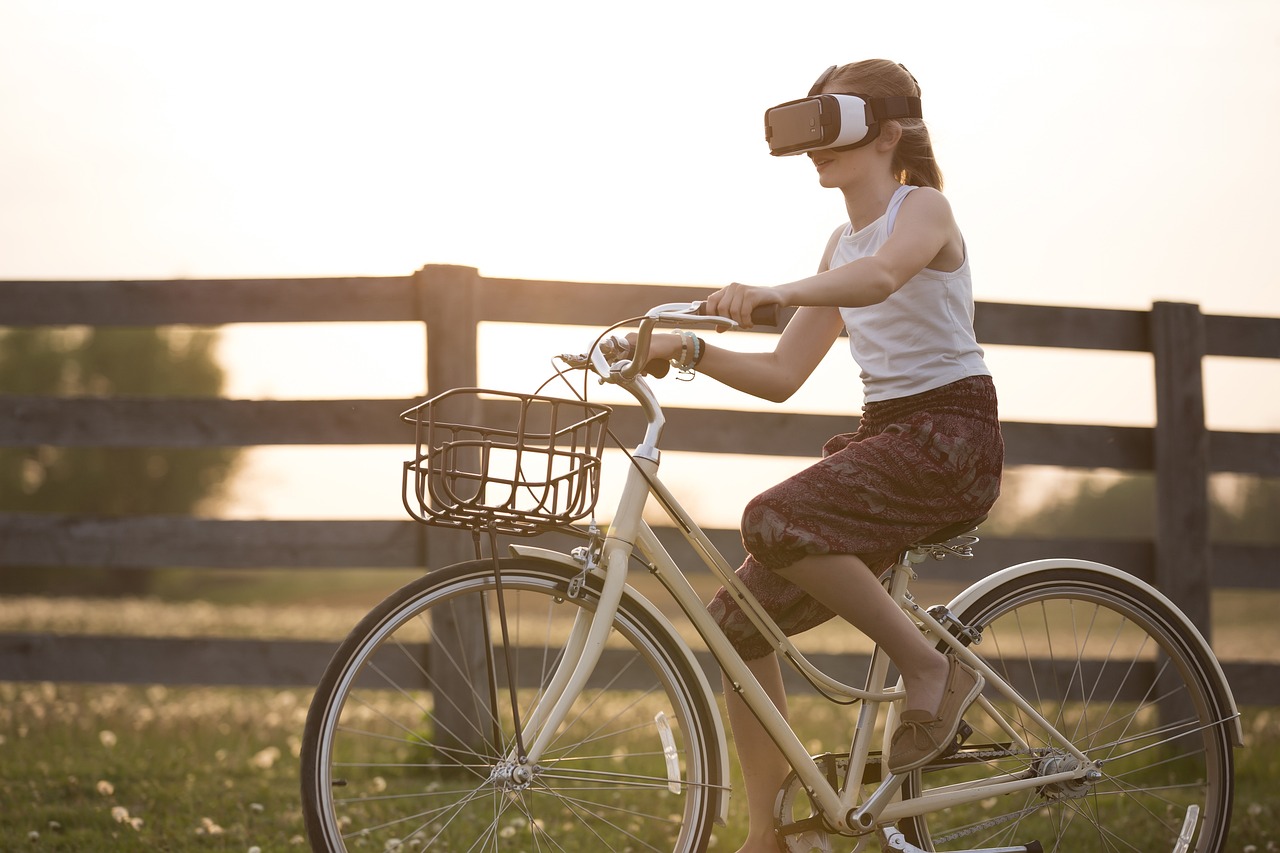
Augmented Reality for Historical Tourism
Augmented reality has revolutionized the landscape of historical tourism, offering visitors a unique and interactive way to explore the past. By overlaying digital information onto physical locations, augmented reality provides a rich and immersive experience that brings history to life in a whole new dimension. Imagine walking through the ruins of an ancient civilization and seeing vibrant 3D reconstructions of what the site looked like in its heyday, or standing in the midst of a historical battle and witnessing the events unfold before your eyes through augmented visuals.
One of the key advantages of augmented reality in historical tourism is its ability to enhance visitor engagement and understanding. By providing real-time information and interactive elements, AR applications enable tourists to delve deeper into the historical context of a site, uncovering hidden stories and details that may not be immediately apparent. This interactive approach not only educates visitors about the past but also fosters a sense of connection and empathy with historical events and figures.
Moreover, augmented reality opens up new possibilities for historical interpretation and storytelling. Tour guides can use AR technology to supplement their narratives with visual aids, animations, and multimedia content, enriching the visitor experience and making historical information more accessible and engaging. This blending of the physical and digital worlds creates a dynamic and memorable journey through time, enticing visitors to explore and learn more about the historical sites they visit.

3D Printing and Artifact Replication
Exploring the impact of technological advancements on the study, preservation, and dissemination of historical knowledge, and how these innovations shape our perception and interpretation of the past.
3D printing technology has revolutionized the way historical artifacts are replicated and preserved. Museums and researchers now have the ability to recreate rare and delicate objects with incredible precision, allowing for detailed study and public display while safeguarding the originals from potential damage or deterioration.
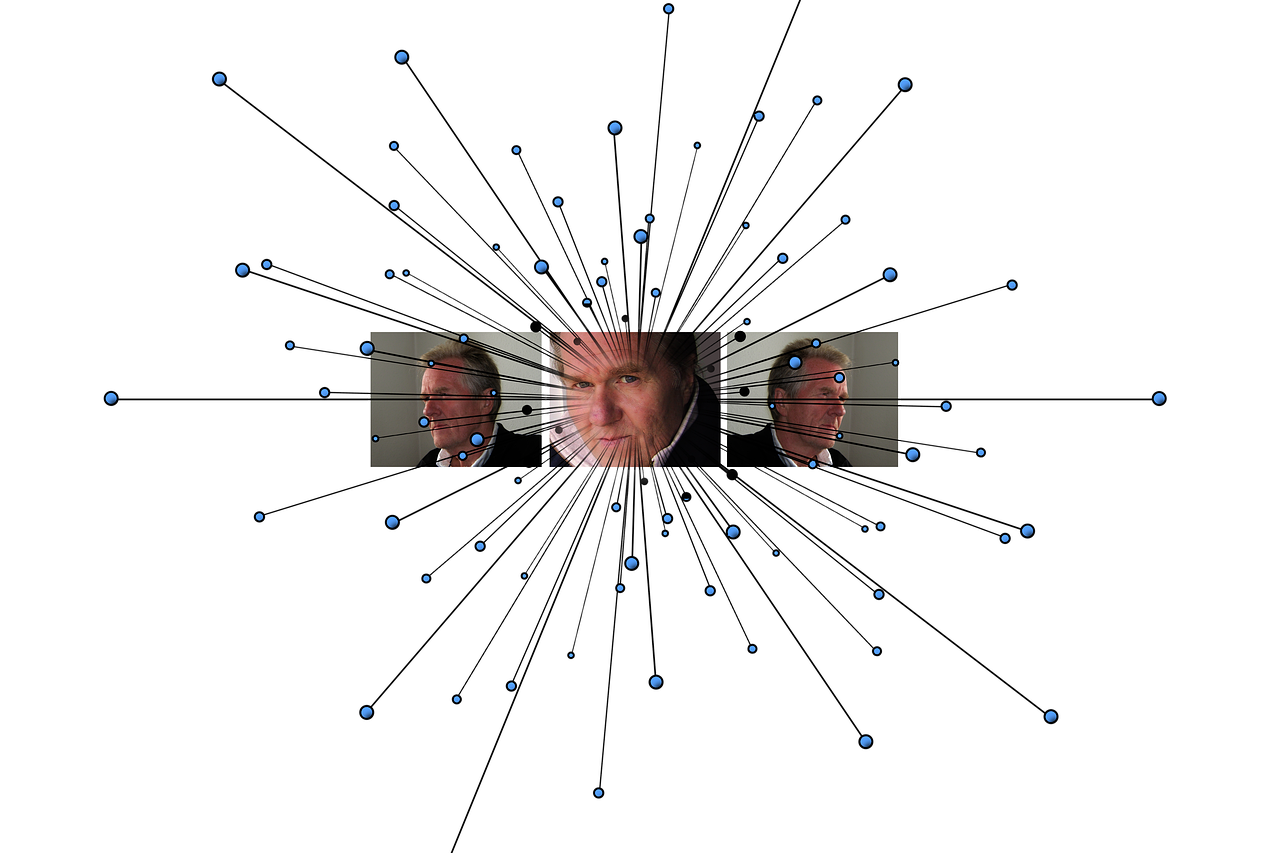
Machine Learning in Historical Interpretation
Machine learning algorithms are increasingly being utilized in historical interpretation, revolutionizing the way historians analyze and understand the past. By leveraging the power of artificial intelligence, these algorithms can sift through vast amounts of historical texts, images, and data to extract valuable insights and patterns that may have previously gone unnoticed. This technology assists historians in uncovering new perspectives on historical events, shedding light on hidden connections and correlations that enrich our understanding of the past.
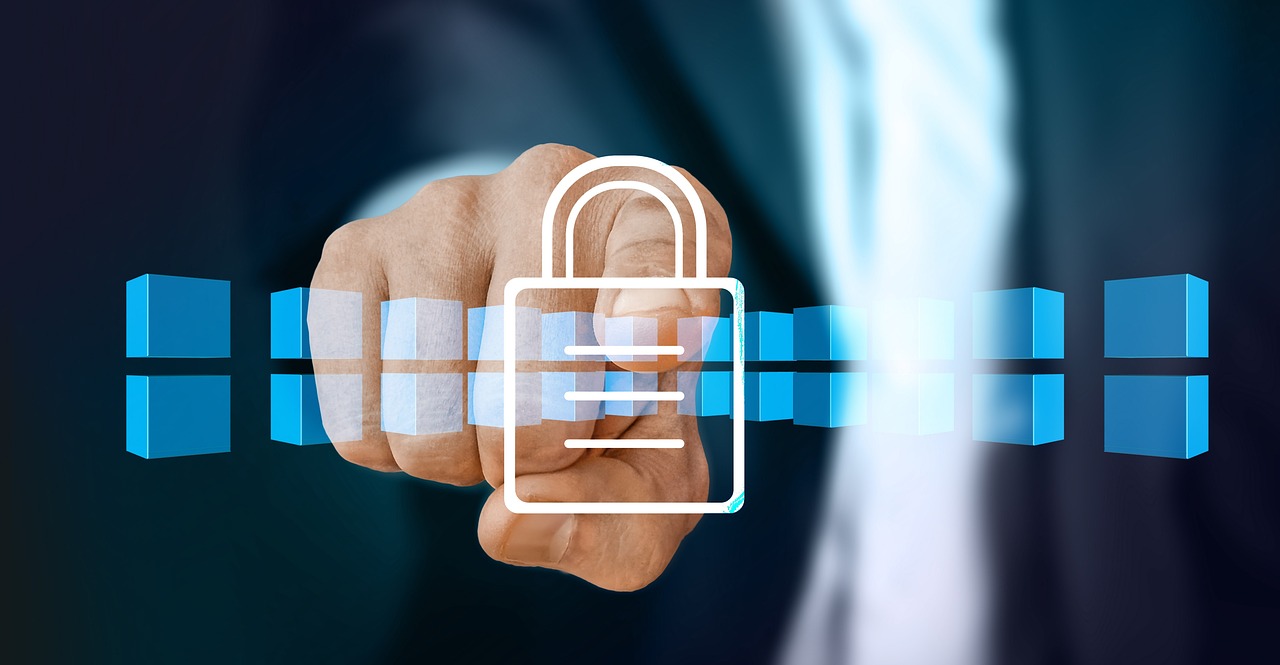
Blockchain for Historical Authentication
Blockchain technology is revolutionizing the field of historical authentication by providing a secure and transparent way to verify the authenticity and provenance of historical documents and artifacts. By utilizing a decentralized and immutable ledger, blockchain ensures that historical records are tamper-proof and trustworthy, preserving the integrity of our shared past.
Frequently Asked Questions
- What is the significance of digital archives in historical research?
Digital archives play a crucial role in democratizing access to historical resources by allowing a broader audience to engage with primary sources. They also facilitate new research opportunities and enable historians to preserve and share valuable information in a digital format.
- How does virtual reality technology enhance historical education?
Virtual reality technology allows learners to immerse themselves in recreated historical environments, providing a hands-on and immersive experience that fosters a deeper understanding of historical events. It offers a unique way to engage with the past and learn in a dynamic and interactive manner.
- What role does big data analytics play in historical analysis?
Big data analytics revolutionize historical research by processing vast amounts of information to uncover patterns, trends, and insights that were previously inaccessible. This technology enables historians to gain new perspectives on historical events and make connections that may have been overlooked.
- How does social media influence historical narratives?
Social media platforms shape historical narratives by influencing how stories are told and shared. They provide a platform for the democratization of historical storytelling but also pose challenges such as misinformation and digital preservation. Historians must navigate these complexities to present accurate historical accounts.
- What are the benefits of using augmented reality in historical tourism?
Augmented reality enhances the experience of historical tourism by overlaying digital information onto physical locations, offering interactive and immersive historical tours for visitors. It provides a unique way to engage with historical sites and gain a deeper understanding of their significance.



















